Rane FME 15 Manual
Rane
Ikke kategoriseret
FME 15
| Mærke: | Rane |
| Kategori: | Ikke kategoriseret |
| Model: | FME 15 |
Har du brug for hjælp?
Hvis du har brug for hjælp til Rane FME 15 stil et spørgsmål nedenfor, og andre brugere vil svare dig
Ikke kategoriseret Rane Manualer
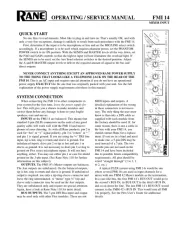
22 Juni 2025
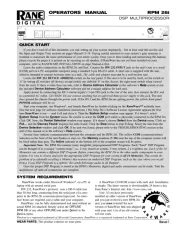
22 Juni 2025

21 Juni 2025
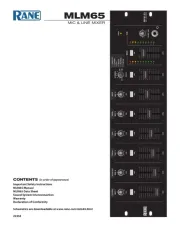
21 Juni 2025

21 Juni 2025
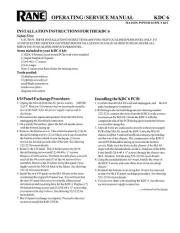
21 Juni 2025
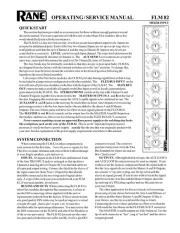
21 Juni 2025
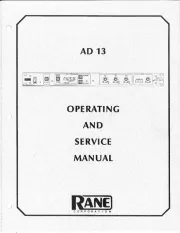
21 Juni 2025
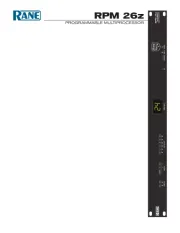
21 Juni 2025
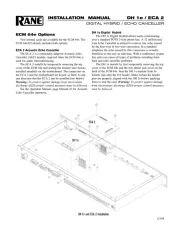
20 Juni 2025
Ikke kategoriseret Manualer
- DoughXpress
- Germania
- Airlive
- BOHLT
- Westland
- Vivotek
- EchoMaster
- Winix
- Desview
- Autodesk
- RéVive
- Tuur
- Simplicity
- Comfortisse
- SodaStream
Nyeste Ikke kategoriseret Manualer
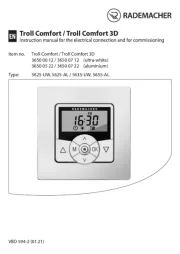
1 November 2025
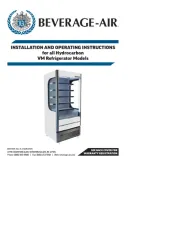
1 November 2025
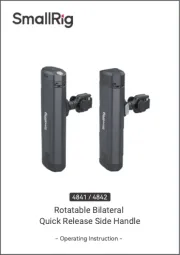
1 November 2025
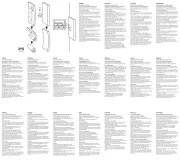
1 November 2025

1 November 2025
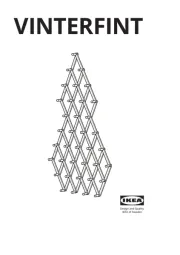
1 November 2025
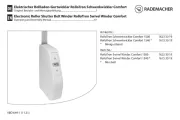
1 November 2025
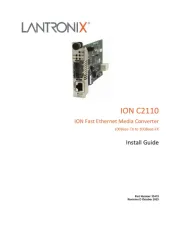
1 November 2025

1 November 2025
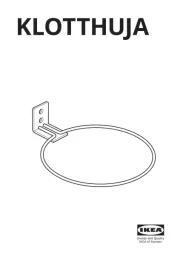
1 November 2025
